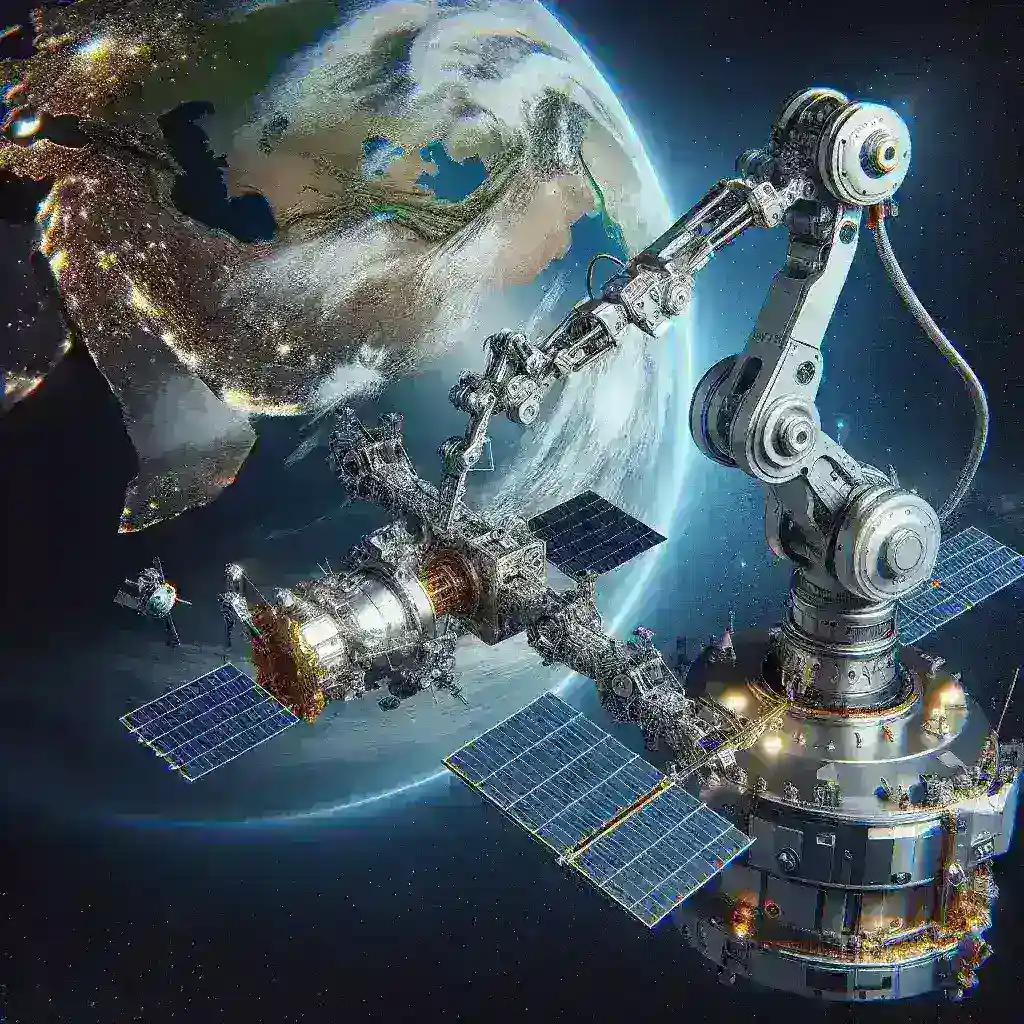Introduction
In an era marked by rapid advancements in technology, NASA continues to push the boundaries of what is possible in space exploration. One of the latest initiatives involves testing a robotic arm designed specifically for assembling satellites in space. This innovative technology holds the promise of revolutionizing how we build and maintain our orbital assets, paving the way for more efficient space missions in the future.
The Concept Behind the Robotic Arm
The idea of using a robotic arm in space is not entirely new; however, NASA’s recent tests mark a significant leap forward in its development and application. The robotic arm is intended to facilitate the assembly and repair of satellites while they are in orbit, reducing the need for complex and costly space missions solely dedicated to these tasks.
Historical Context
Historically, satellite construction and repair have been grounded in Earth-based facilities. Once launched, satellites often require extensive support and maintenance, which can be both risky and expensive. The concept of in-space assembly was popularized by the Hubble Space Telescope’s servicing missions, which demonstrated the potential for human-assisted repairs. However, with advancements in robotics, NASA is now looking to automate these processes, increasing efficiency and reducing human risk in space.
Technical Specifications
The robotic arm tested by NASA is equipped with advanced technologies:
- Precision Grippers: These allow the arm to handle delicate components without causing damage.
- Autonomous Navigation: The arm features sophisticated sensors and cameras to navigate complex environments.
- Modular Design: This enables the addition of new tools and capabilities as technology evolves.
Testing Phase
The testing of the robotic arm is taking place in a simulated environment that mimics the conditions of space. This phase is crucial for assessing the arm’s functionalities, including its grip strength, movement accuracy, and ability to work in coordination with other robotic systems.
Key Objectives of the Testing
The primary objectives of NASA’s tests include:
- Evaluating Performance: Understanding how well the arm performs under various conditions.
- Assessing Reliability: Ensuring that the arm can be trusted to operate correctly in critical situations.
- Integration with Existing Technologies: Testing how the arm can work alongside other spacecraft systems.
Future Predictions
As NASA refines its robotic arm technology, the implications for future space missions are profound:
1. Enhanced Satellite Lifespan
The ability to assemble and repair satellites in orbit will significantly enhance their operational lifespan, reducing the waste associated with launching new satellites to replace those that have malfunctioned.
2. Decreased Mission Costs
By minimizing the need for costly human-led repair missions, NASA can redirect funds towards new exploratory missions, expanding the scope of research and discovery.
3. Paving the Way for Deeper Space Exploration
Robotic arms could be essential for constructing bases on the Moon or Mars, facilitating long-term human presence and sustainability in these environments.
Pros and Cons of Robotic Assembly
Pros:
- Increased Efficiency: Automated systems can perform tasks faster than human crews.
- Reduced Risk: Minimizing human presence in space reduces the risk associated with space travel.
- Cost-Effectiveness: Robotic systems can lower operational costs over time.
Cons:
- Technical Limitations: Current robotic technologies may not be able to handle all tasks autonomously.
- Dependence on Technology: Increased reliance on robotics may lead to vulnerabilities if systems fail.
Real-World Applications
NASA’s robotic arm technology isn’t limited to satellites. The advancements made could also benefit various industries on Earth, including construction and manufacturing, where robotic assembly is becoming increasingly prevalent.
Expert Opinions
Experts in robotics and aerospace engineering have voiced their support for NASA’s initiative. Dr. Emily Chen, a leading roboticist, stated, “The potential for robotic arms to revolutionize space missions cannot be overstated. This technology will set a new standard for how we approach satellite maintenance and construction.”
Conclusion
The testing of NASA’s robotic arm for in-space satellite assembly marks a significant milestone in the evolution of space exploration technology. As tests progress and the technology matures, we can expect to see profound changes in how we build, maintain, and think about satellites. The future of space is bright, and robotic arms are at the forefront, ready to assist humanity in reaching new heights among the stars.

